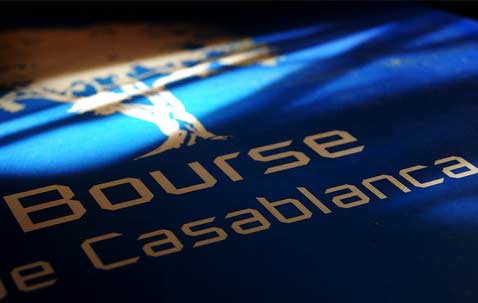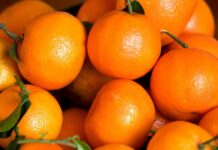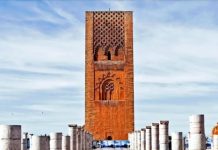Morocco’s capital markets saw a strong influx of foreign investment in 2023, driven by renewed confidence in the Casablanca Stock Exchange and demand for Moroccan Treasury bonds, according to the latest report from the Moroccan Capital Market Authority (AMMC). Foreign investors contributed to 12.6% of total trading volume on the Casablanca Stock Exchange, marking a notable increase that highlights the market’s strategic role as a destination for diversified, structured investments.
The foreign investment volume reached 13.5 billion dirhams in 2023, with investors focused on sectors including agribusiness, banking, and distribution. Foreign interest was particularly high in agribusiness, which accounted for 50% of foreign trade volume, influenced largely by the exit of Singapore’s Wilmar Sugar Holding from Moroccan sugar leader Cosumar. Banking followed with 15.8% of foreign investment, and distribution accounted for 7%.
Investors from Asia led the foreign market share, making up 41.8% of trades, largely due to the Cosumar transaction. European investors held a 26.5% share, with African investors close behind at 25.1%. The rising international diversity in Morocco’s stock market underscores its growing appeal as a global investment platform.
Record foreign investment in Moroccan stocks and bonds
Foreign ownership in Moroccan stocks listed on the Casablanca Exchange reached 168 billion dirhams, a 7.9% increase over 2022. However, foreign investment’s share of total market capitalization slightly declined from 27.8% to 26.9%. Sectors most favored by foreign investors were electricity, with 85.8% foreign ownership, telecommunications (55.5%), and beverages (52.7%). Strategic holdings make up over 92% of foreign investments in Moroccan equities, underscoring foreign investors’ commitment to key sectors within the Moroccan economy.
European and Middle Eastern investors were the largest contributors, together representing 95% of total foreign investments in Moroccan stocks. With over 160 billion dirhams invested from these regions, the report shows Morocco’s attractiveness to institutional investors in search of stable, long-term assets.
Treasury bonds dominate foreign debt investments
The Moroccan Treasury bond market also gained traction in 2023, with foreign investments climbing by 11.4% to 4.3 billion dirhams. Treasury bonds were the clear favorite, representing 75% of total foreign-held debt securities, growing from 2.62 billion dirhams in 2022 to 3.22 billion dirhams in 2023. This preference reflects a strong appetite for low-risk investments in a financially stable environment. Additionally, foreign investment in other bonds reached 632 million dirhams, maintaining steady interest in the fixed-income market.
Moroccan mutual funds draw foreign capital
Moroccan mutual funds (OPCVM) also saw rising interest from international investors, with foreign holdings increasing by 37.6% to 3.5 billion dirhams in 2023. Although foreign investments in OPCVMs remain a small fraction of the total net assets (up from 0.51% in 2022 to 0.62% in 2023), they reflect a growing appetite for Moroccan collective investment funds. The most popular investments were short-term bond funds, which captured nearly half of foreign investments at 1.6 billion dirhams. Money market funds followed with 1 billion dirhams, appealing to investors prioritizing liquidity and security.
Individual investors, particularly Moroccan expatriates and foreign residents, represented the majority of foreign holders in OPCVMs, accounting for 94% of assets held.





